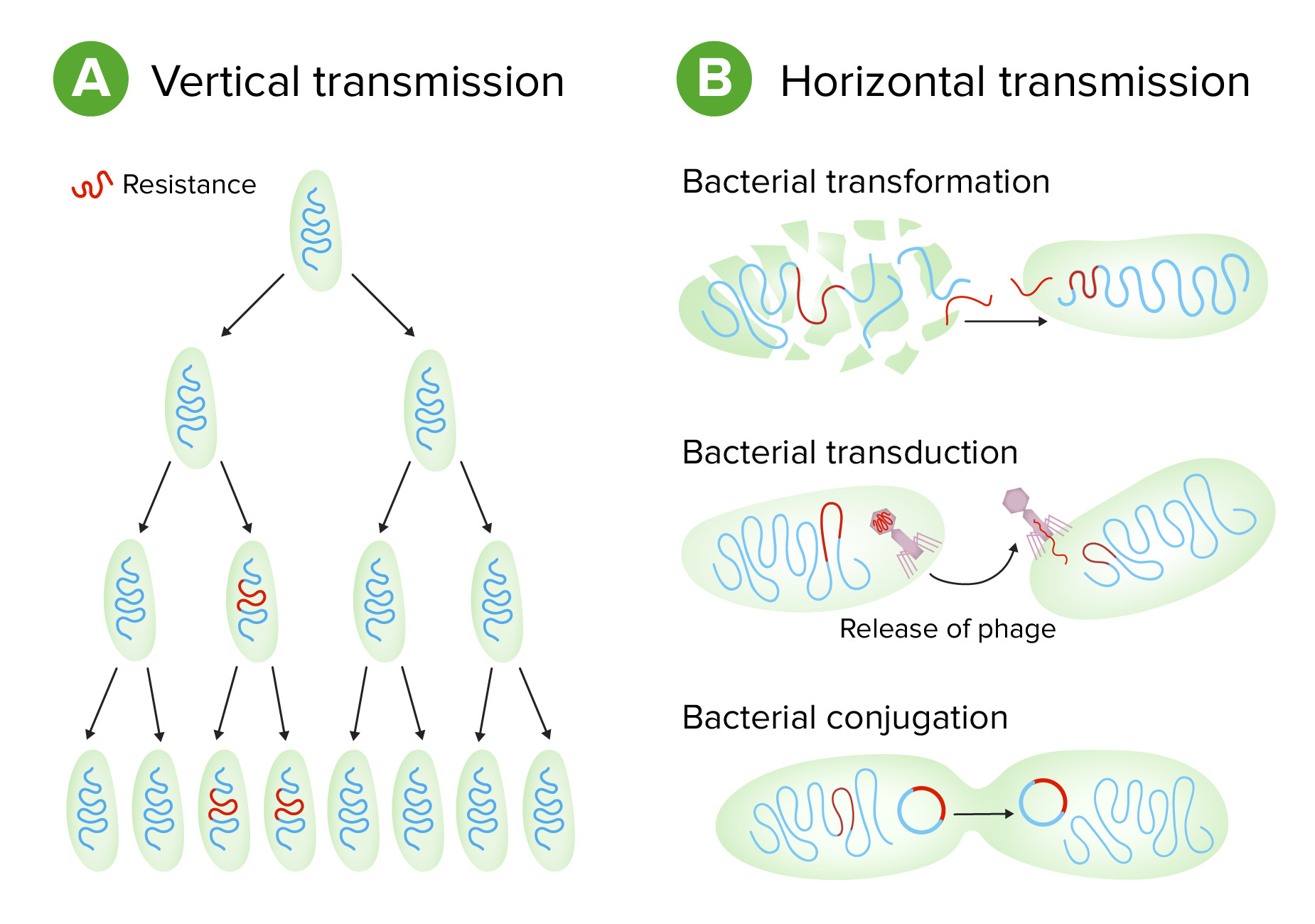Playlist
Show Playlist
Hide Playlist
Endotoxin – Bacterial Toxins
-
Slides 01 Bacteria MicrobiologyAdvanced.pdf
-
Download Lecture Overview
00:01 Another toxin and a very important one, produced by Gram negative bacteria is endotoxin. 00:10 Now, if you don’t remember what a gram negative bacteria is, go back to the introductory bacteria lecture and take a look. Endotoxin is sort of like the calling card of gram negative bacteria, it announces to the host, 'I'm here and you better watch out'. Endotoxin is nothing more than lipopolysaccharide, that outer layer on the outer membrane of a gram negative bacteria. 00:37 So that outer layer is a lipid bilayer, but the outer layer is unusual, it's not the standard kind of lipid, it's made of lipopolysaccharide and that is what is endotoxin. Now despite the name endotoxin, this toxin is not internalized into the host cell, it remains extracellularly, it just happens to be the name that has stuck over the years. Let’s look in closer at that outer membrane, that lipopolysaccharide; here it is in some detail. Remember the very bottom, there are lipid chains that form the outer leaflet of that membrane and that component is called lipid A, that's the active component of endotoxin, that is what has the biological effect, and then there are other portions including the O portion that we talked about, which extends above, completing lipopolysaccharide. Lipopolysaccharide is recognized by pattern recognition receptors located on the surface of the eukaryotic cell. We all have such receptors in order for us to recognize what is foreign, and when foreign molecules are recognized, the result is a production of cytokines, which mobilize the immune response, but may also have detrimental properties. So on the left of this slide are three pattern recognition receptors, one of which recognizes LPS, that portion of the outer membrane of bacteria that we've just been talking about. Another one, FLA, recognizes flagellum, the protein that makes up the flagella of bacteria that helps them to move. So here's a close-up look at the pattern recognition receptor and it again recognizes endotoxin as being present, initiates cytokine synthesis and depending on how much endotoxin is present, low or high, it has different effects on the cell. So you can imagine that early in infection, it has one kind of effect, where the endotoxin is low, and then if the infection proceeds unchecked, you will have higher concentration of endotoxin, you will have a very different effect. 02:53 These receptors for endotoxin and other bacterial products are called innate receptors, they also sense viral infections as well. So at low concentrations of endotoxin, there are a variety of effects, many of which reflect the attempts at the immune system of eliminating the bacterial infection, so let's take a look at some of these. You can see the four different targets here and the ultimate activities and effects of endotoxin. At low concentrations, endotoxin targets Kupffer cells, macrophages of various sorts, it causes release of cytokines, when it binds to its receptor cytokines are produced, and some of the cytokines cause fever. So endotoxin is well known to be pyrogenic, fever inducing, the mechanism is by being recognized by that innate receptor and producing a cytokine that induces fever. Cytokines, endotoxin also activates macrophages, it makes them more phagocytic, it makes them secrete hydrolases and have just more enhanced killing, the idea being of course, “there is endotoxin here, we sensed it, there must be a gram negative, we are going to kill it, so we are going to get activated”. At low concentrations, endotoxin also activates neutrophils, this has an effect of dilating blood vessels, and allowing immune cells to come in and clear any infections that may be present. Endotoxin also activates B lymphocytes, B lymphocytes of course produce antibodies and these may be useful for clearing the infection. Finally at low concentrations, endotoxin also activates the complement system, whose goal is manyfold, essentially trying to get rid of the bacterial infection, complement can help take up bacteria into macrophages by opsonization, it can increase capillary permeability and it can also poke holes into bacteria, all of this is part of the inflammatory response to infection. Now in contrast, at very high levels of endotoxin, it often can result in shock, fluid loss for example caused by too many cytokines and disseminated intravascular clotting or coagulation.
About the Lecture
The lecture Endotoxin – Bacterial Toxins by Vincent Racaniello, PhD is from the course Bacteria.
Included Quiz Questions
What are the endotoxins produced by Gram-negative bacteria made of?
- Lipopolysaccharide
- Pore-forming proteins
- eEF-2
- Cytokines
- PAMPs
Which of the following portions of endotoxin is recognized by pattern-recognition receptors?
- Lipid A
- O protein
- M protein
- AB subunit
- MHC
Which of the following increases as a result of endotoxin, thereby causing a fever?
- IL-1
- Kinins
- Complement
- LPS
- Neutrophils
Customer reviews
5,0 of 5 stars
| 5 Stars |
|
1 |
| 4 Stars |
|
0 |
| 3 Stars |
|
0 |
| 2 Stars |
|
0 |
| 1 Star |
|
0 |
Very interesting and engaging. The energy from Dr. Racaniello is absolutely contagious, thank you very much!




